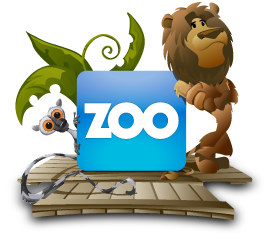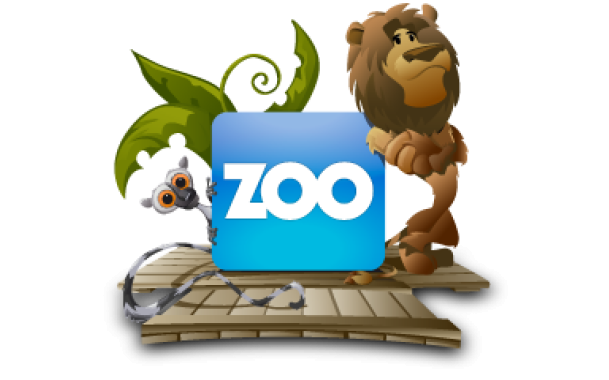
Learn more about ZOO's CCK architecture
It has been two and a half weeks since the ZOO release, and we have over 5700 downloads of the Lite Edition. We are glad to see more and more reviews, news articles and Twitter discussions going on about our ZOO extension. Also, the term CCK is a hot and intensely discussed topic, and we would like to share our view on some points and answer some questions here.
What is a true CCK architecture?
In the last couple of days a lot of people asked, "What is so special about ZOO?" and, "What is the difference between ZOO and other extensions with a so-called CCK functionality?" The term "Content Construction Kit" (CCK) originally comes from the Drupal world. It is the name of a third party module for Drupal which allows users to add custom fields to custom content types, using a web interface. We at YOOtheme really liked the idea of this great and powerful feature and started planning a catalog system with a CCK. You can read more about the time this whole process took in this blog post.
Okay, let's get to the question "What is so special about the ZOO extension?" now. Our approach in designing the ZOO's architecture was to create a true CCK. Basically this means that by default, an item has nothing but a name. Everything else is inherited from the item's type. You can easily create these types yourself: You select the exact elements the type shall consist of, like text, images or a file download. The item itself has no properties like an image or video that are bound to it hard-coded. As said above, everything is inherited by the type. The ZOO's most powerful feature is that we broke down the design of content into items, types and elements. This is where its architecture unfolds its strengths. In one type you can use any kind of element as often as you want, in any combination. You can also add and remove elements from a custom type at any time, even if you already created items of that type. The elements are completely pluggable, and we will continually extend the current set of elements. The flexible and powerful design of the ZOO will allow us to integrate many more features in the future.
More parameter settings = more features?
Do less configuration options mean the application is less complex in its functionality? Of course not. We had the intention to make the ZOO's backend interface as simple as possible to not overwhelm the user with parameter settings. Instead of adding every functionality as a parameter option, we thought it is more important to have a clearly arranged user interface and all the options in the right places. Anyhow, the ZOO offers a lot of flexible and powerful features like the API which allows you to build your own elements and templates. In short: It is possible to achieve most common functionalities with the ZOO.
ZOO Lite too light?
The Lite Edition of the ZOO provides all core features of the ZOO. You can develop your own custom templates and elements. Please take a look at How to start templating and Develop your own "hello world" element. Both tutorials are a good start to learn more about the ZOO API. If you don't feel like looking into code and want to start your web project right away, go and get the ZOO Pro Edition. We created additional templates with pre-built types for the Pro Edition. All these templates are ready to use and are designed for specific purposes like a personal blog or a download archive.
ZOO reviews on the web
We like to highlight a really comprehensive review by Tom Bohacek. Tom is the developer behind the bContent extension. So make sure to take a look if you understand German.
What's next?
We started the development on ZOO 1.1.x. So keep an eye on our Twitter tweets. We will tweet about the upcoming features...
